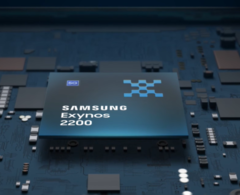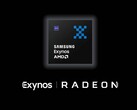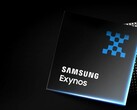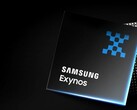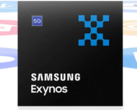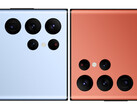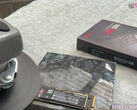Samsung debuted the Exynos 2200 SoC with an AMD RDNA 2-based Xclipse 920 GPU in January of this year without much fanfare. Although Samsung promised “Console quality graphics” with the Xclipse 920, the GPU failed to outperform the starkly mobile Snapdragon 8 Gen 1’s Adreno 730 and Apple A15 Bionic’s GPU in most scenarios. For instance, in our tests of the Xclipse 920, we found that Samsung’s offering was up to 30% slower in 3D Mark Sling Shot Extreme with Unlimited graphics than the Adreno 730.
Fortunately, Samsung hasn’t given up on the idea of implementing a powerful RDNA-based GPU in its mobile SoCs moving forward. According to Sungboem Park, a vice president at Samsung, “We plan to continue to implement other features in the RDNA series by working closely with AMD going forward.” He also mentioned that, due to Samsung’s collaboration with AMD, the company was able to implement the “latest console technologies” in the Exynos 2200.
Since the Xclipse 920 is based on the RDNA 2 architecture, its supports hardware-accelerated raytracing and Variable Rate Shading (VRS) both of which are major selling points for Microsoft’s Xbox Series S and X consoles. So, Park’s claim about Exynos 2200 supporting console technologies does hold merit.
Furthermore, explaining the design achievements of the Exynos 2200, Park explained that Samsung successfully shrunk down the RDNA architecture in the first-gen product as the company was “focused heavily on minimizing heat, because mobile devices do not have fans like gaming consoles.”


